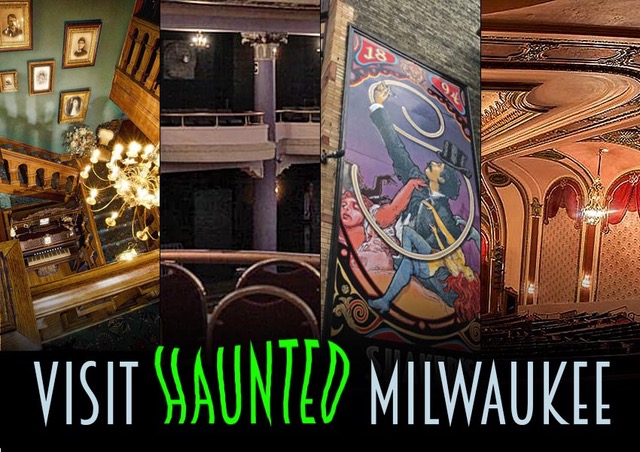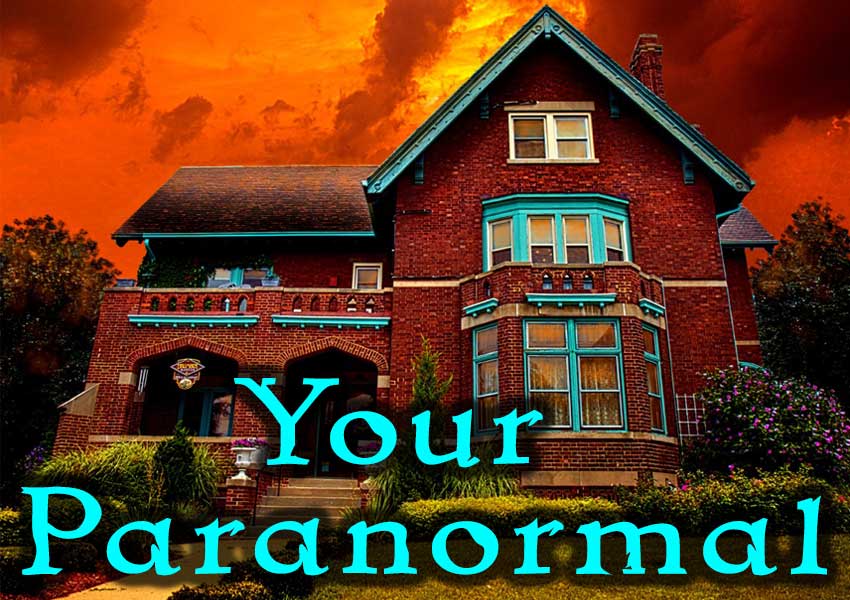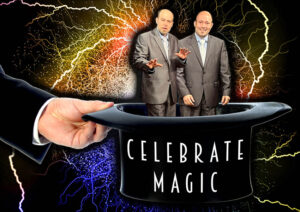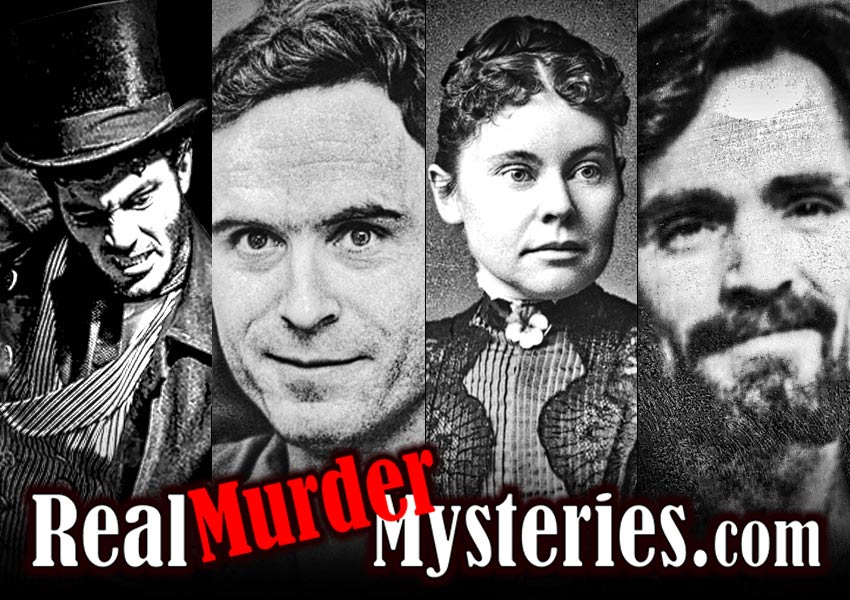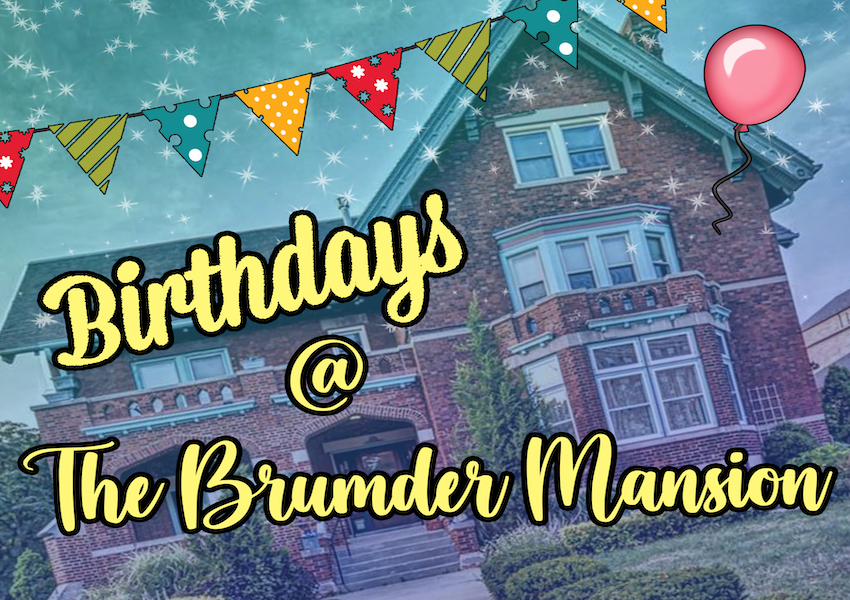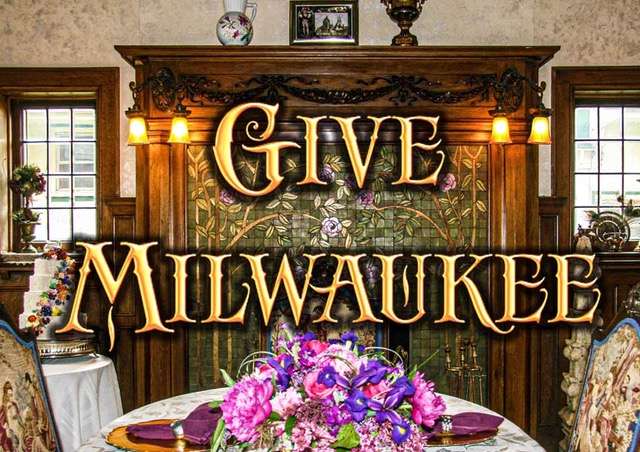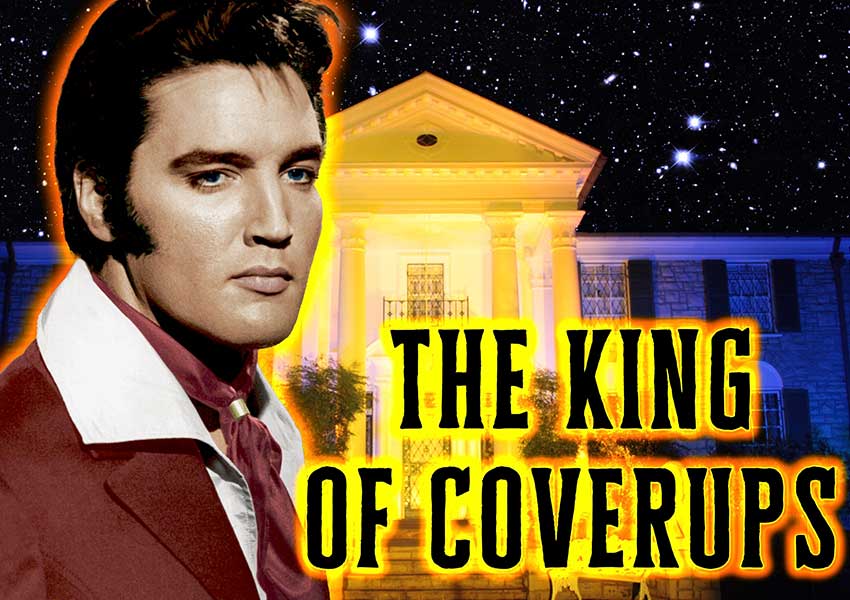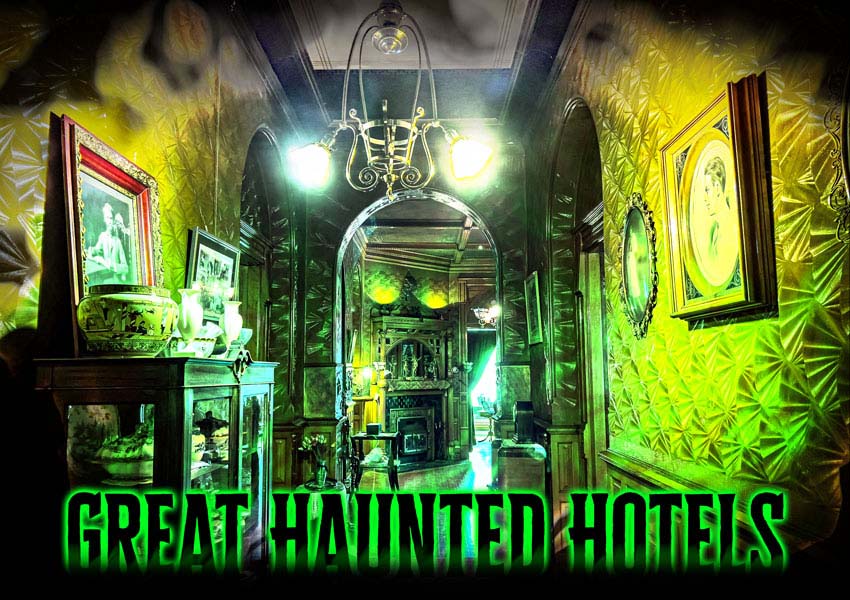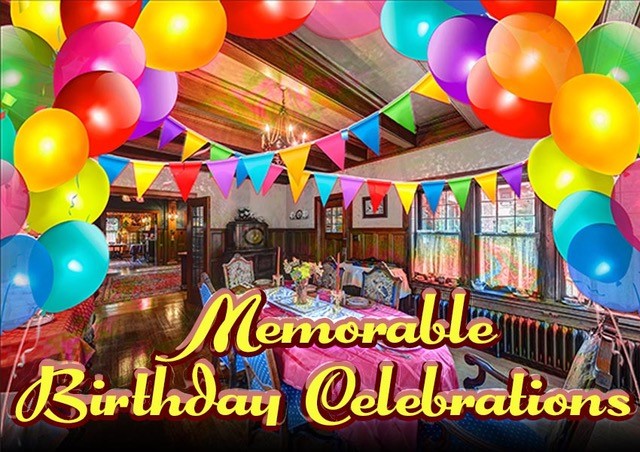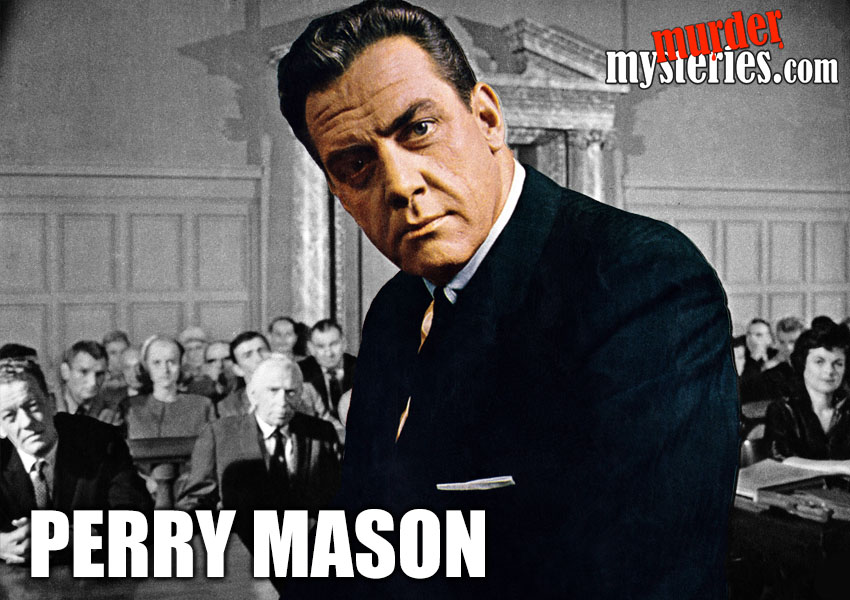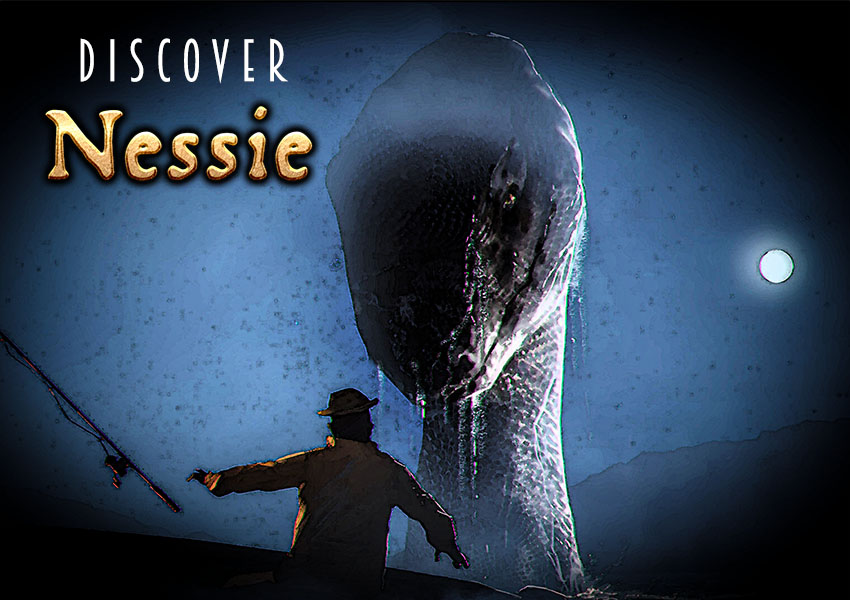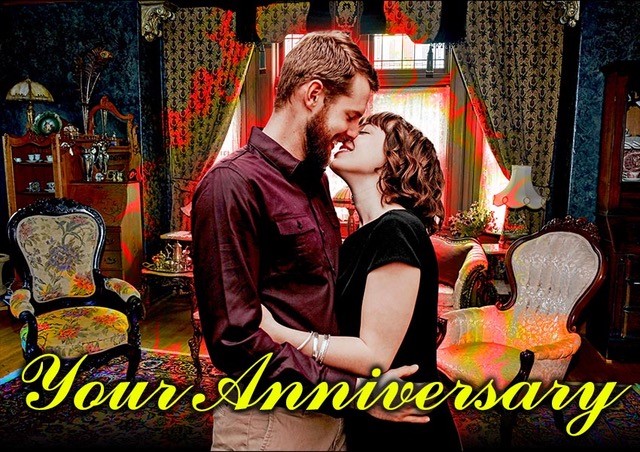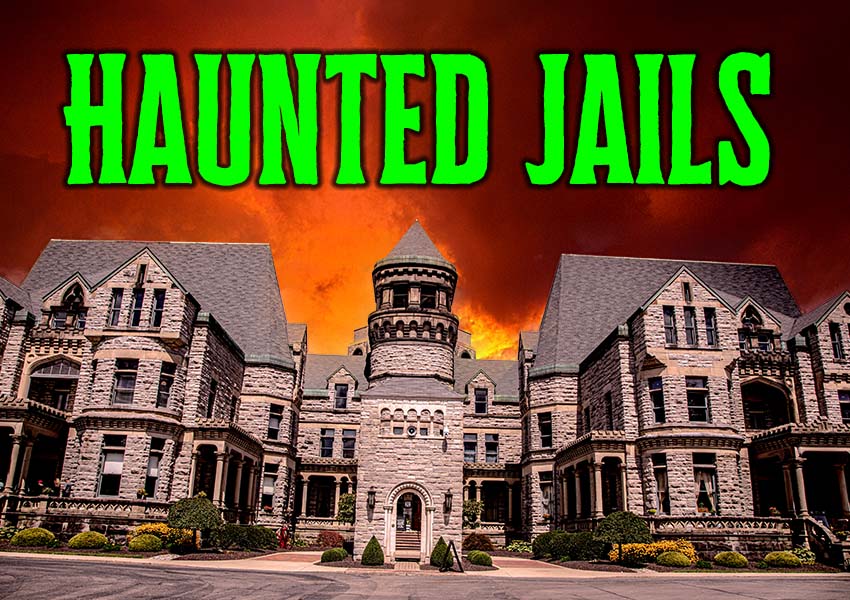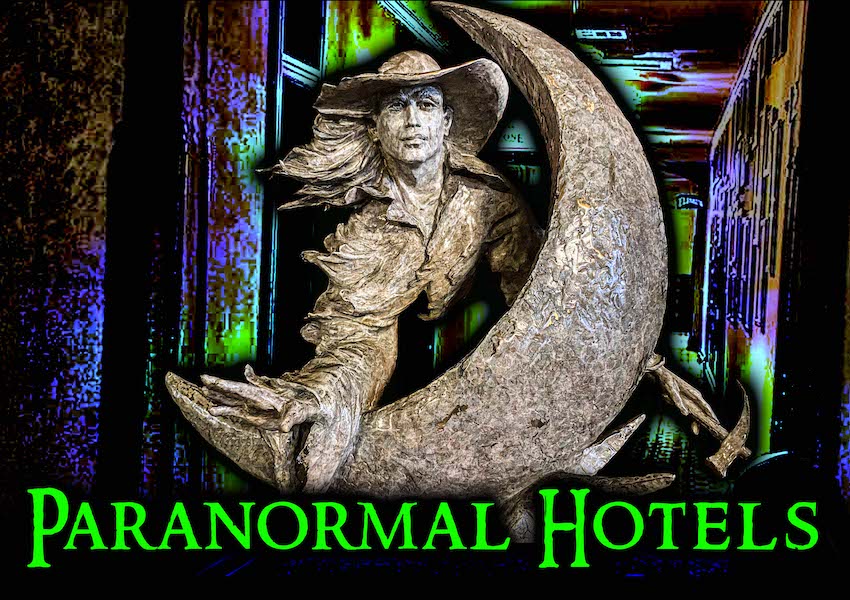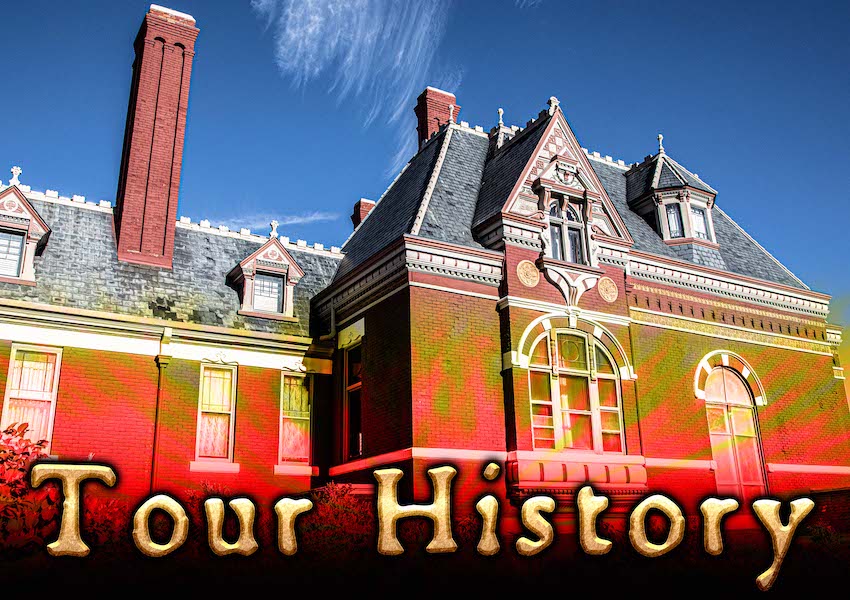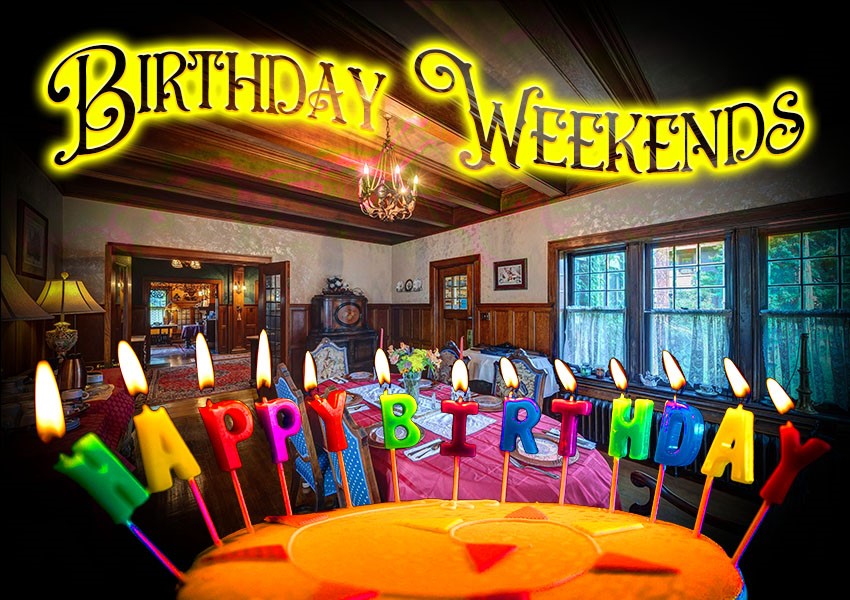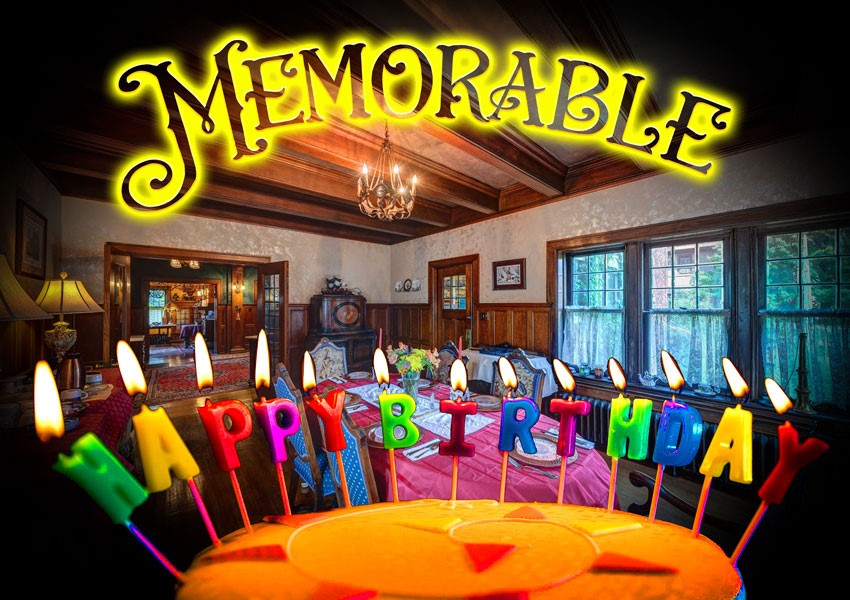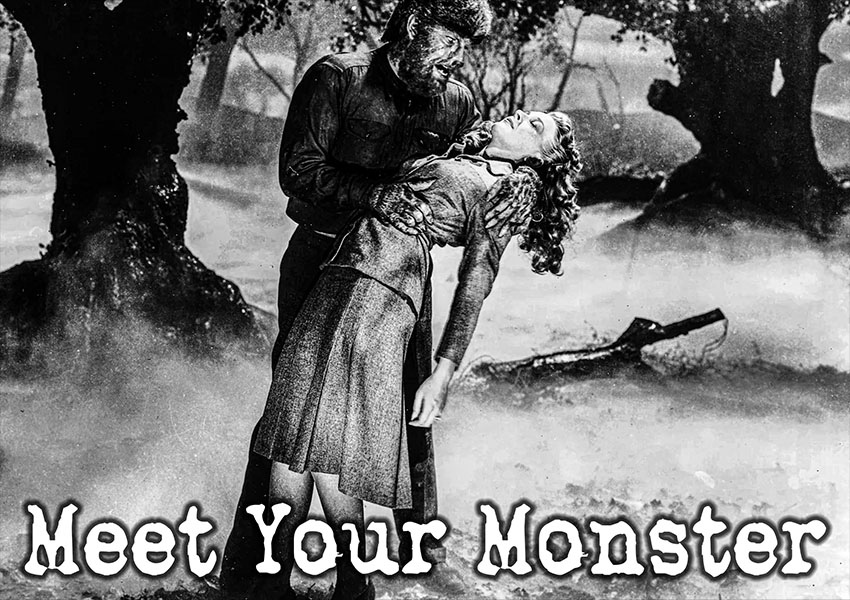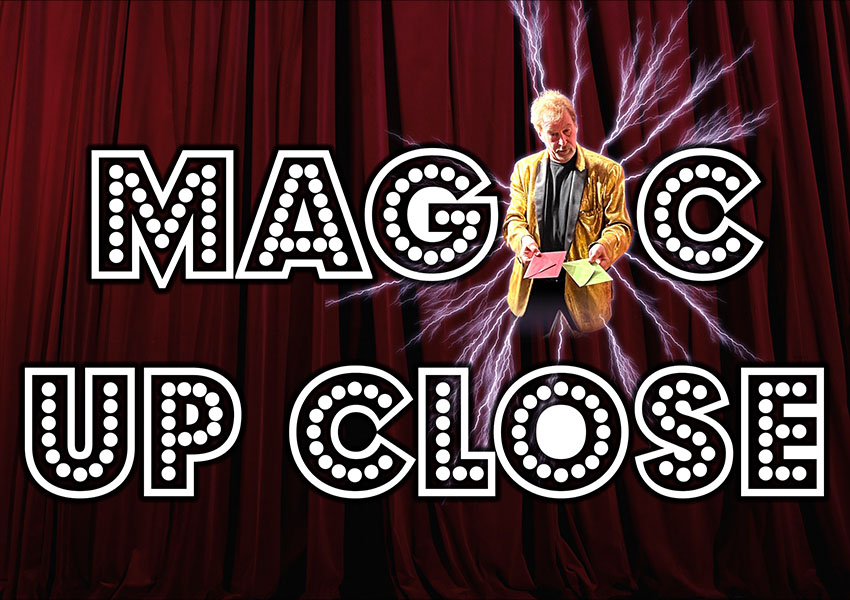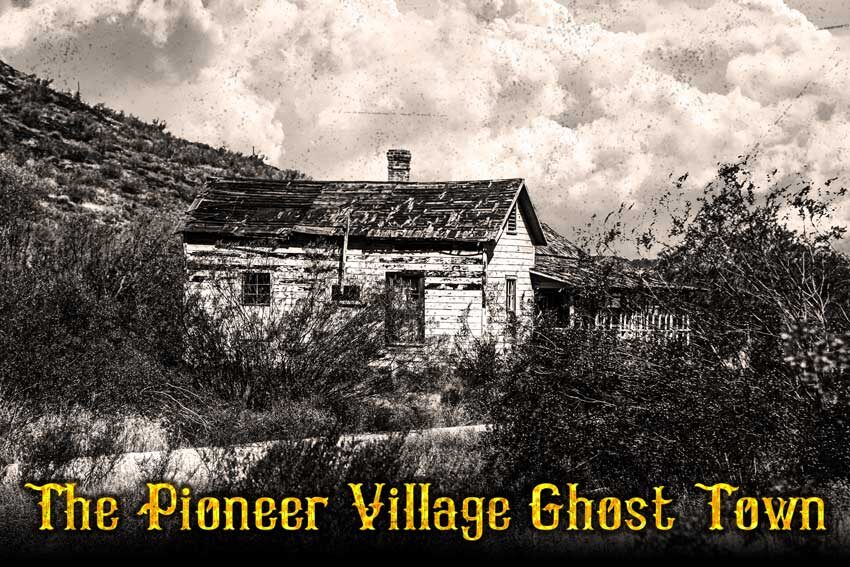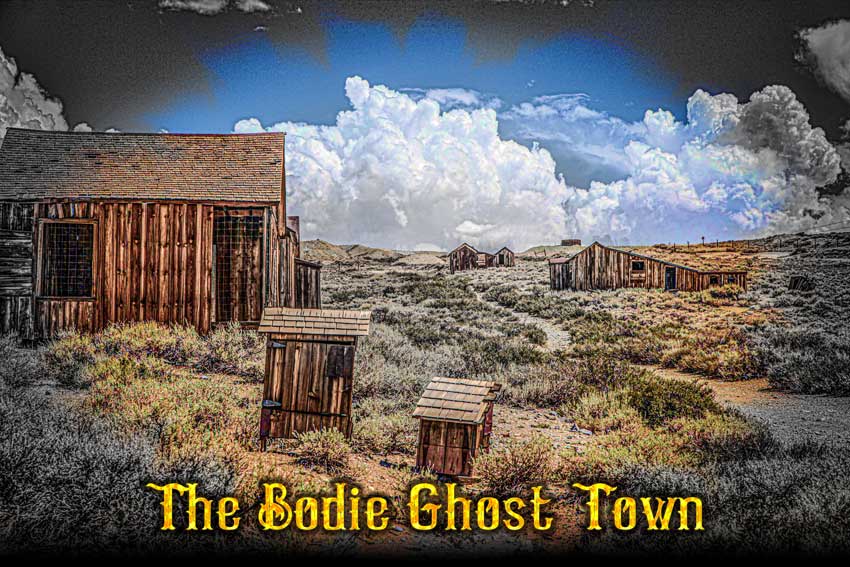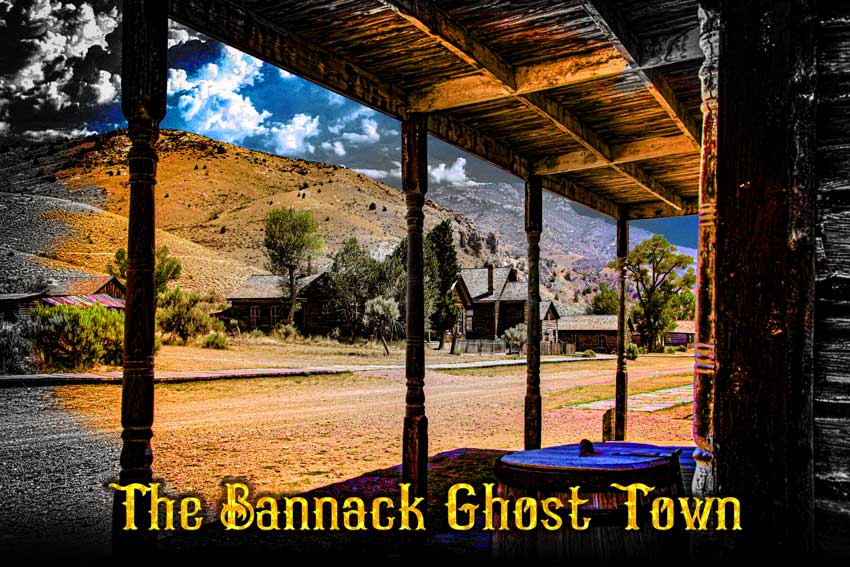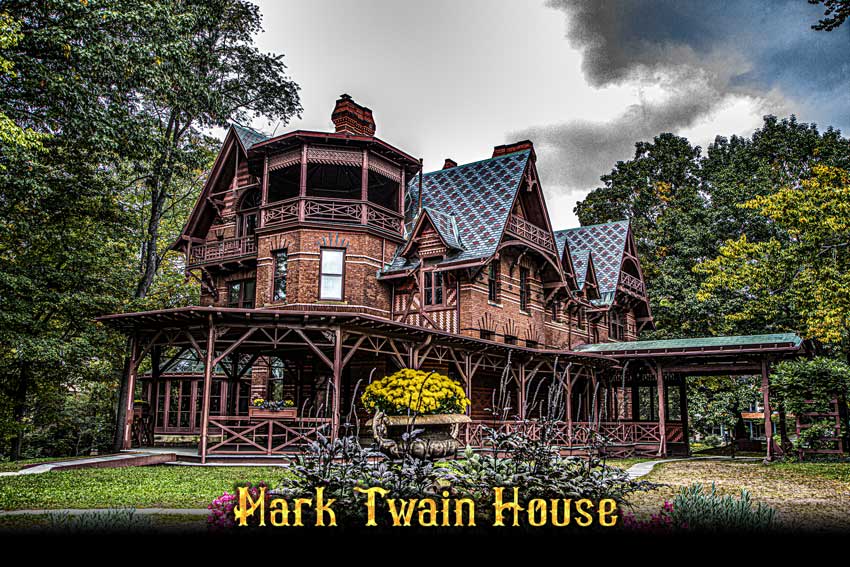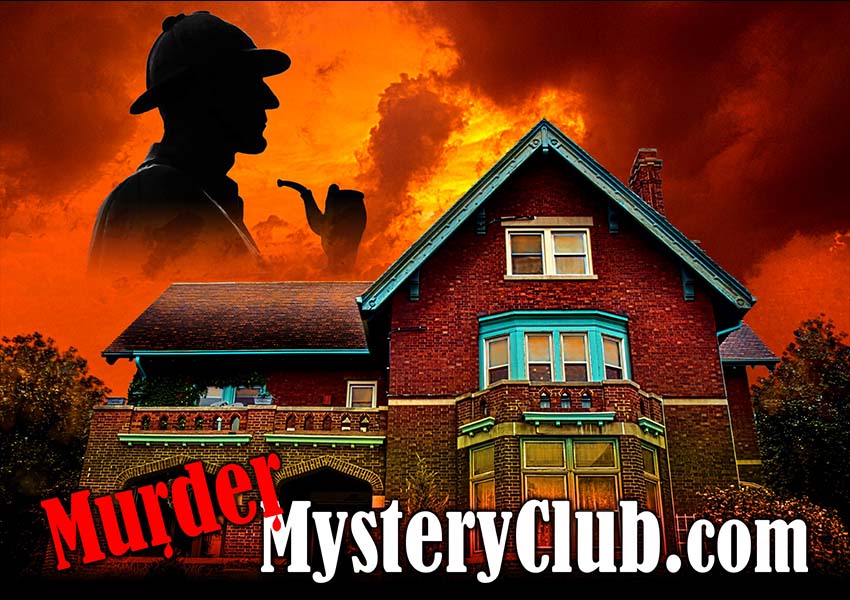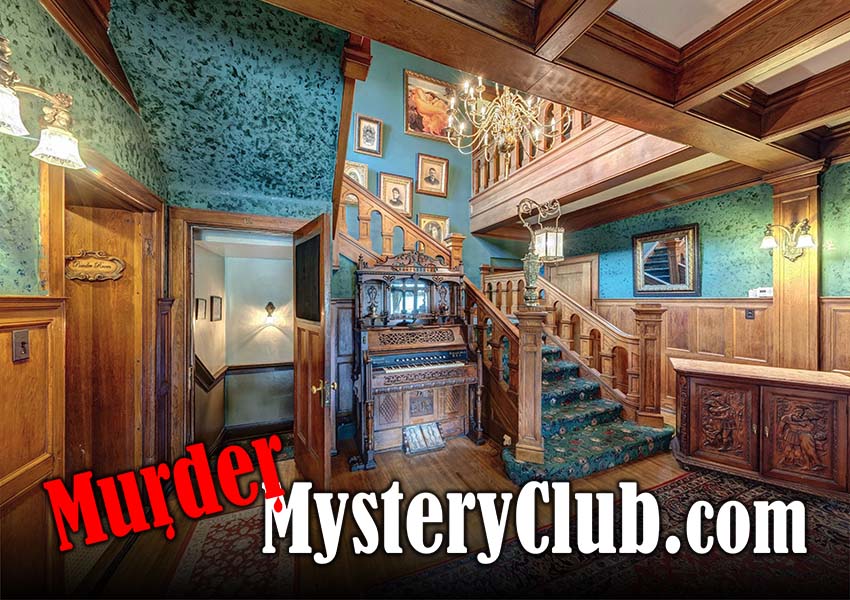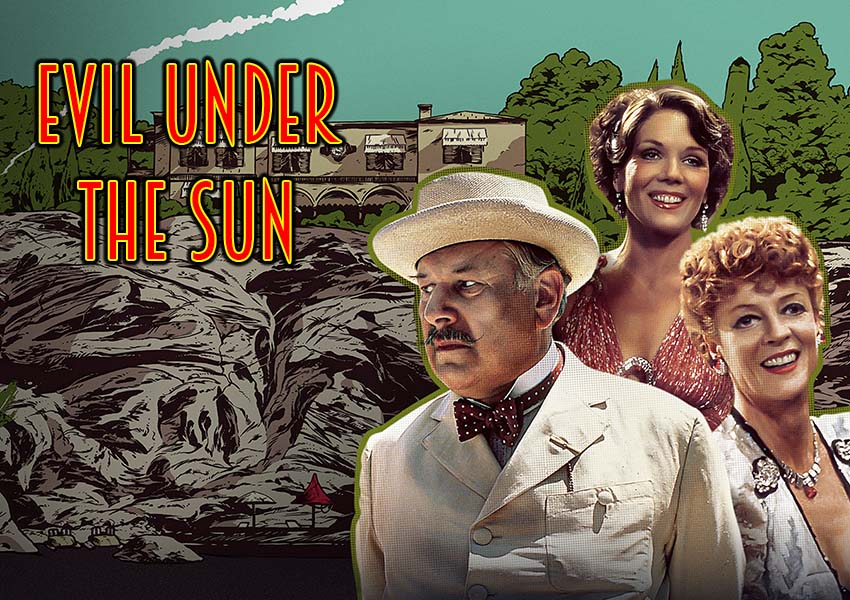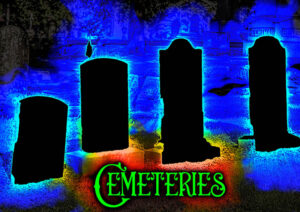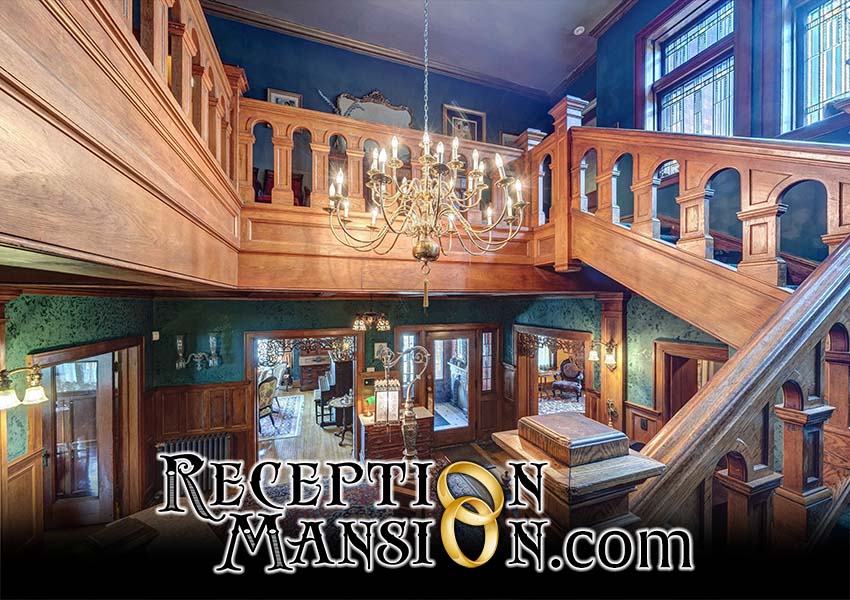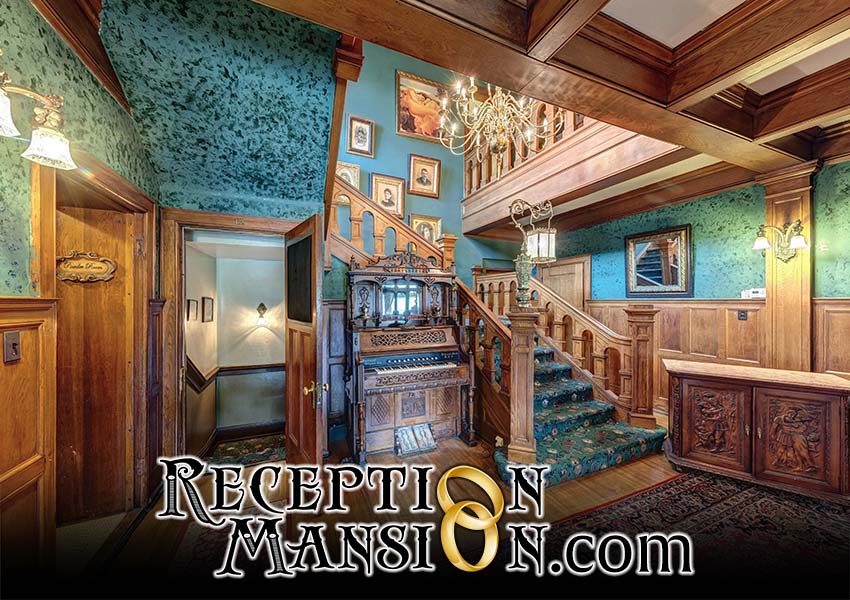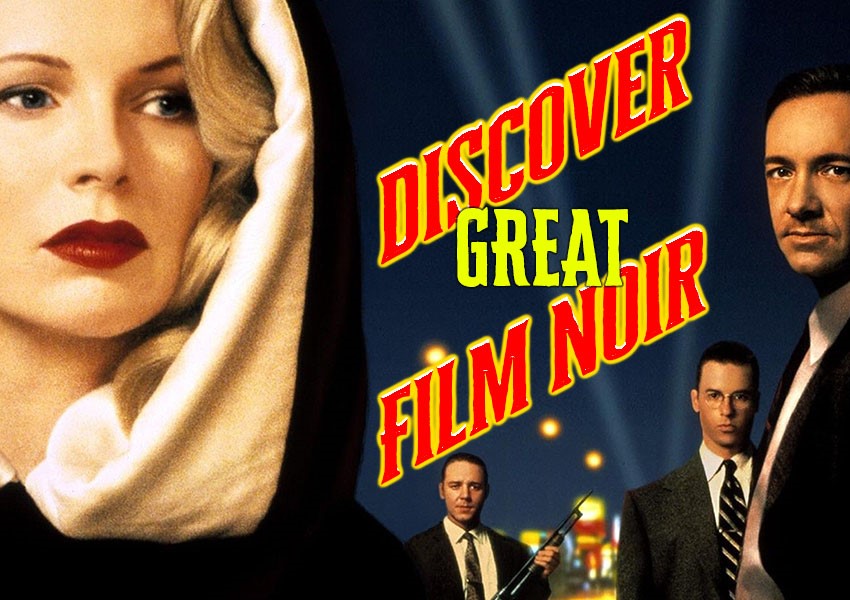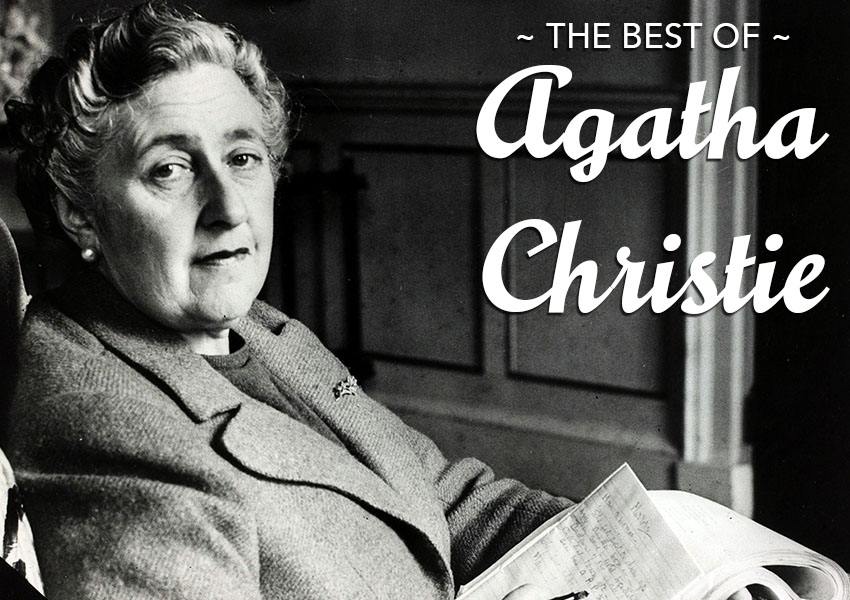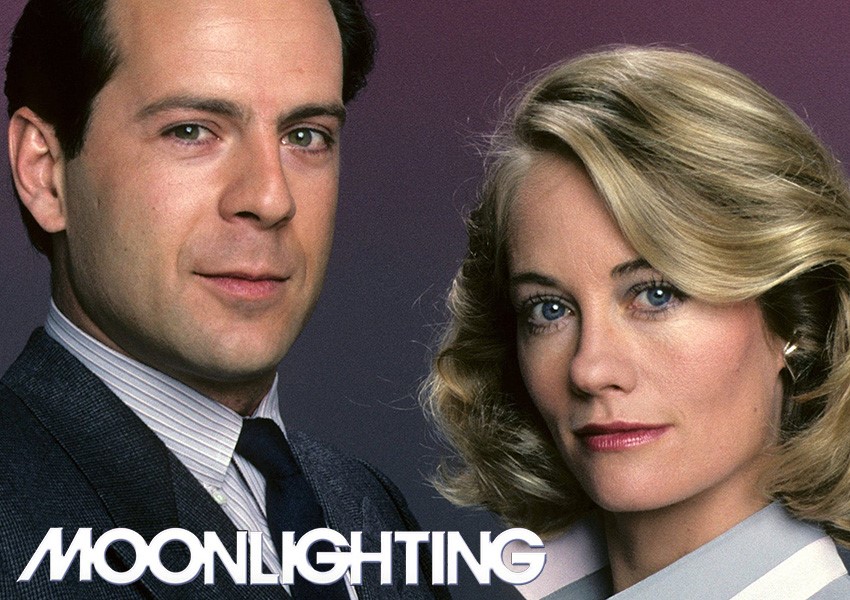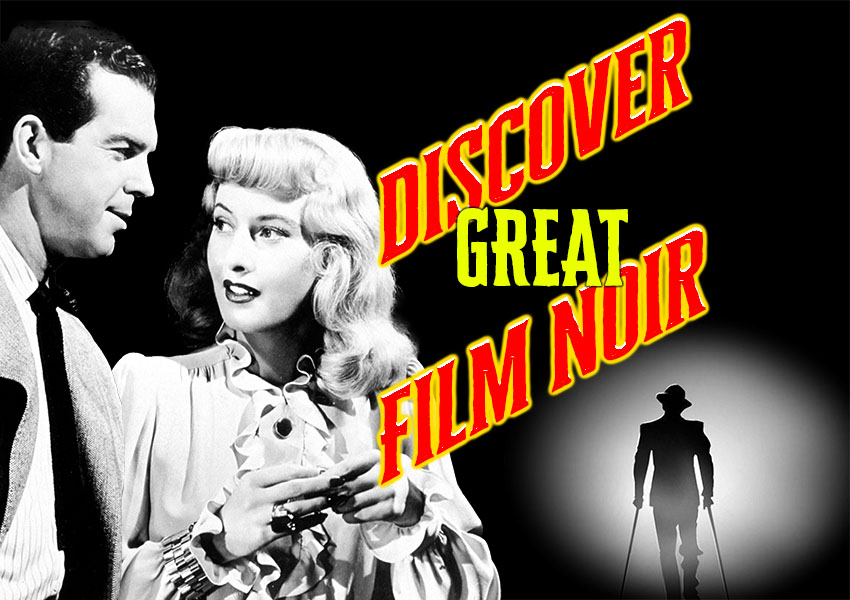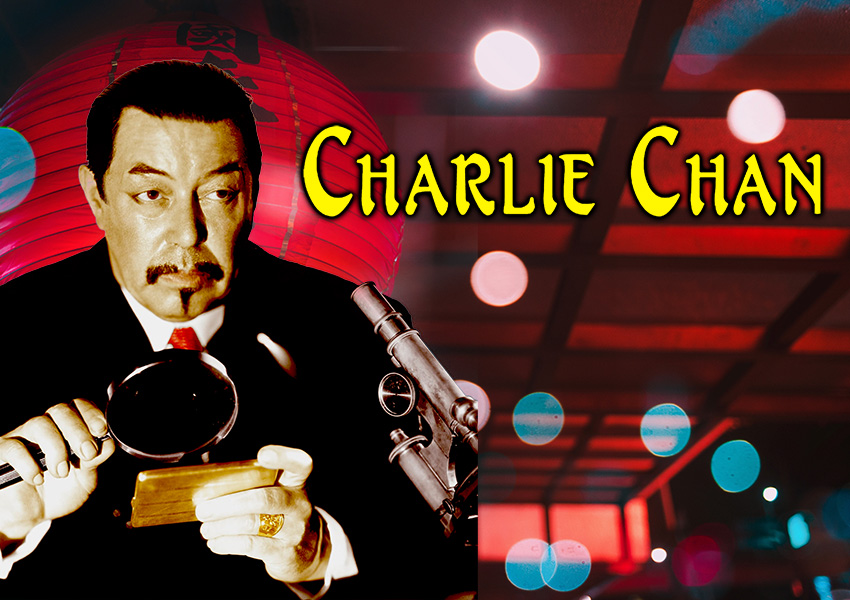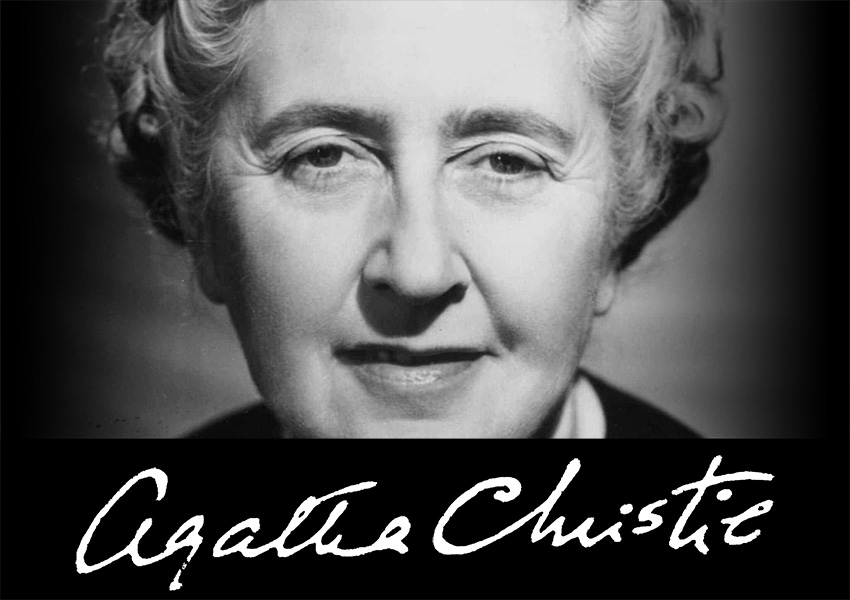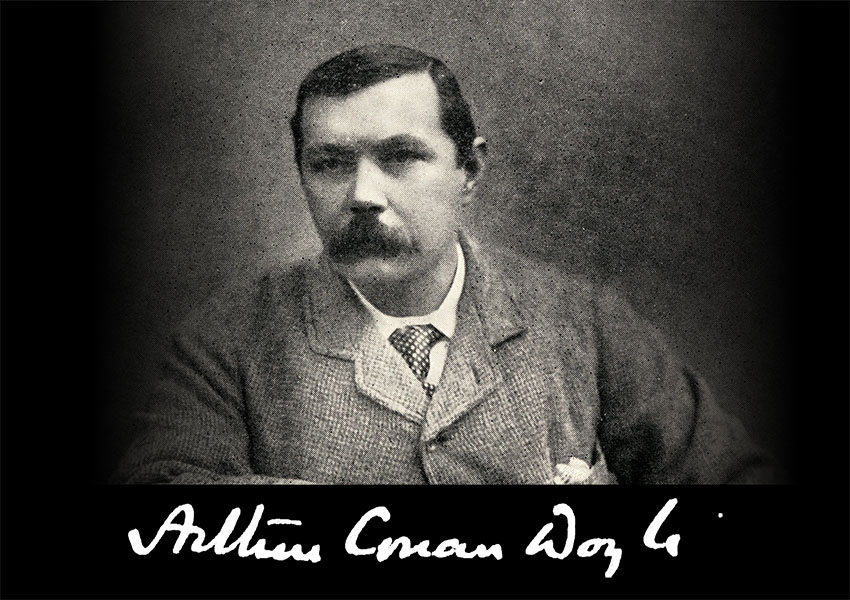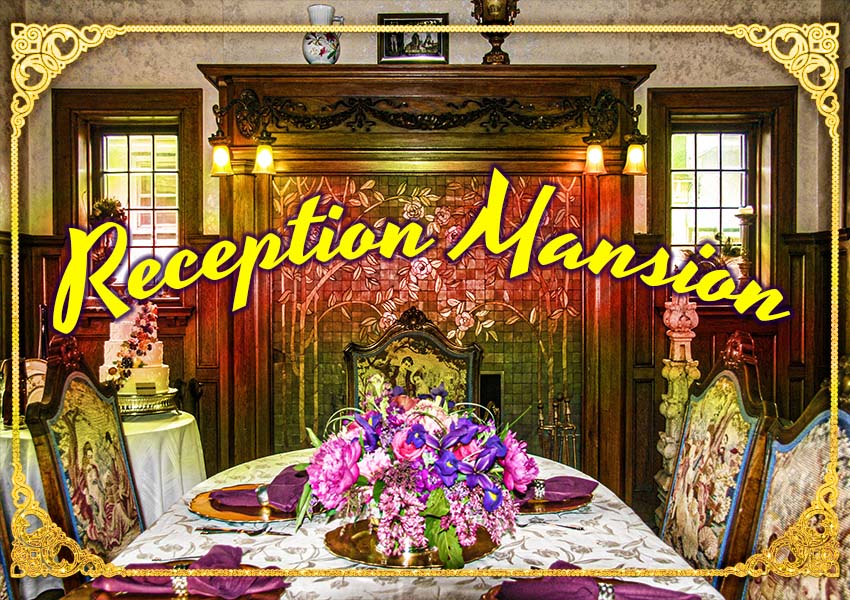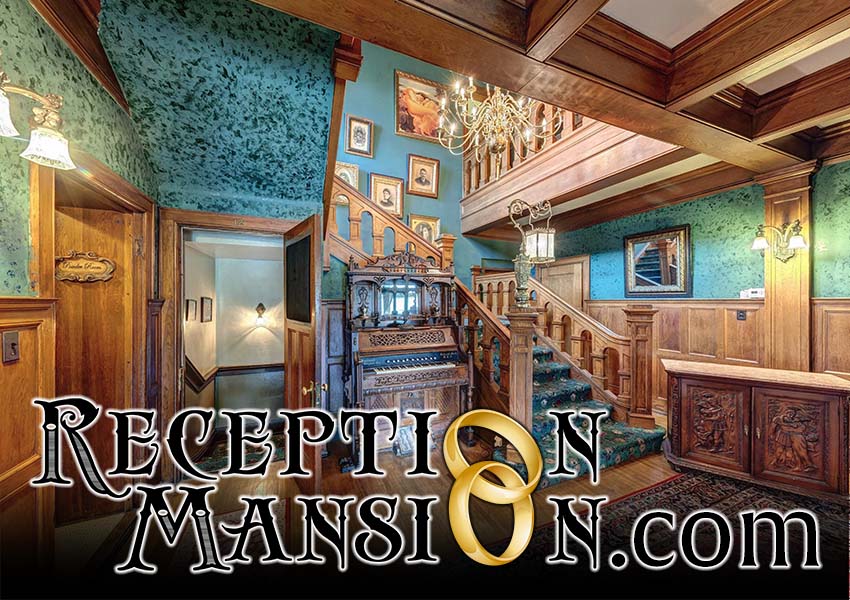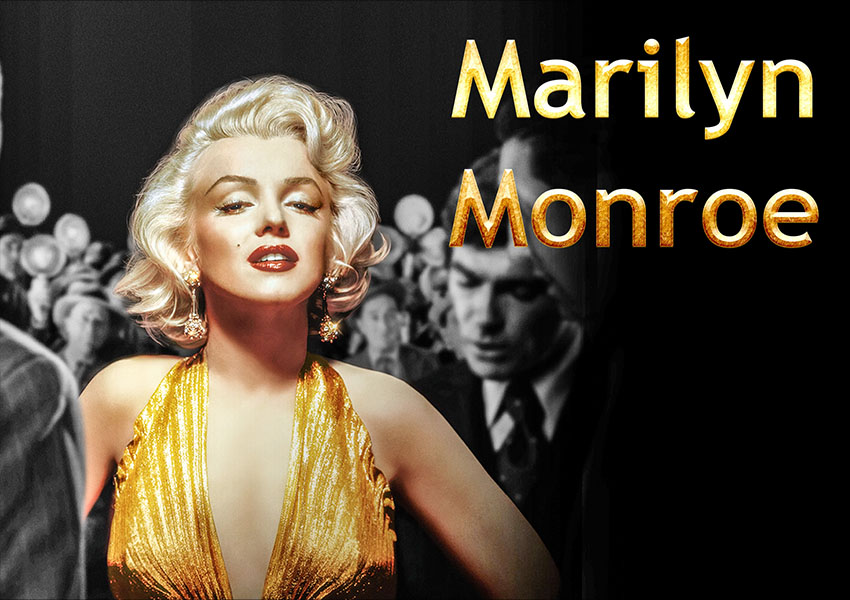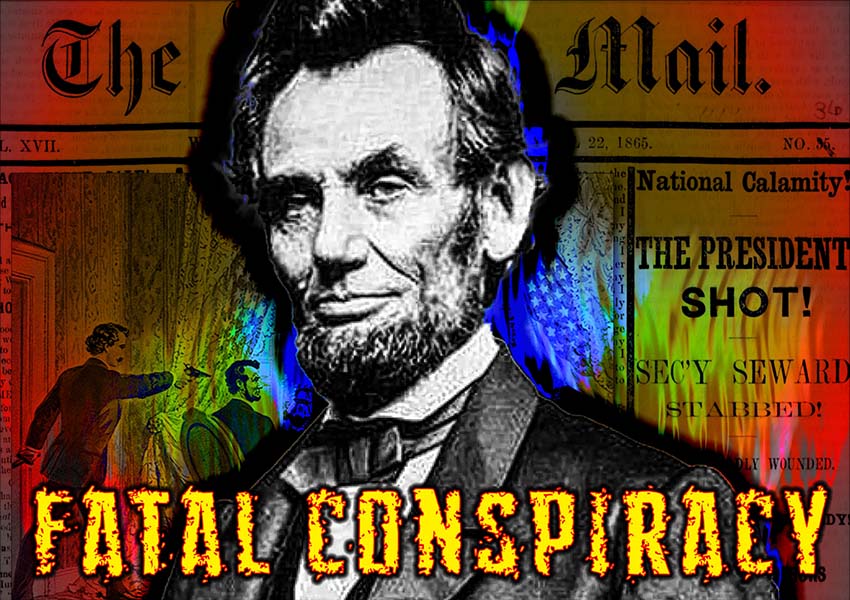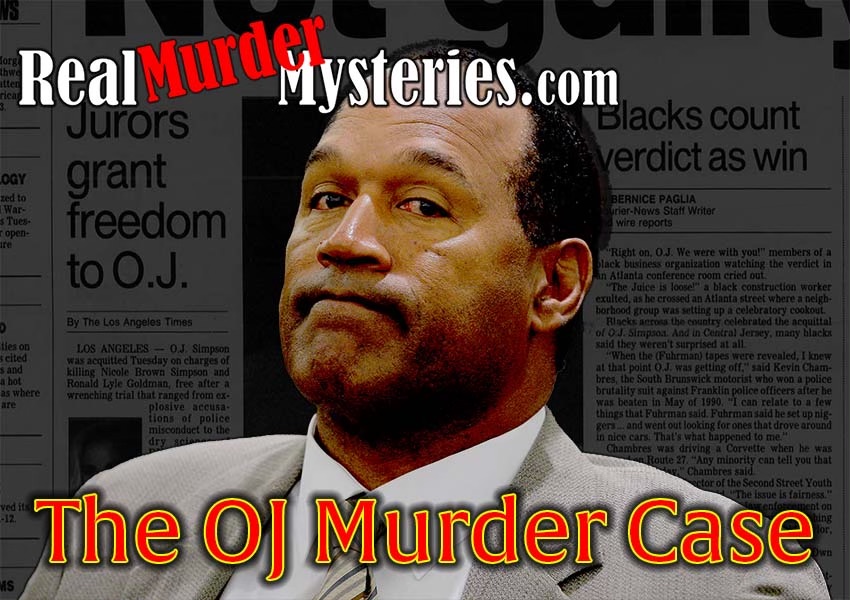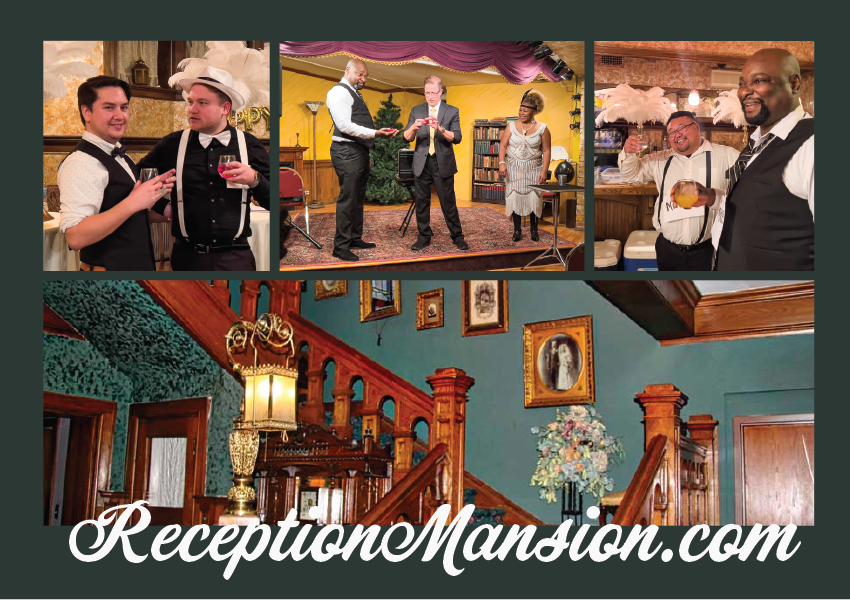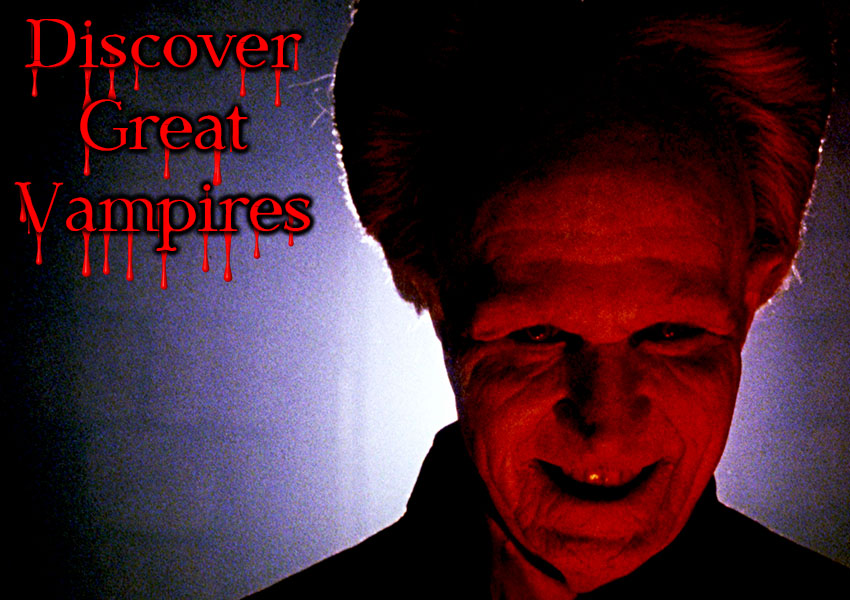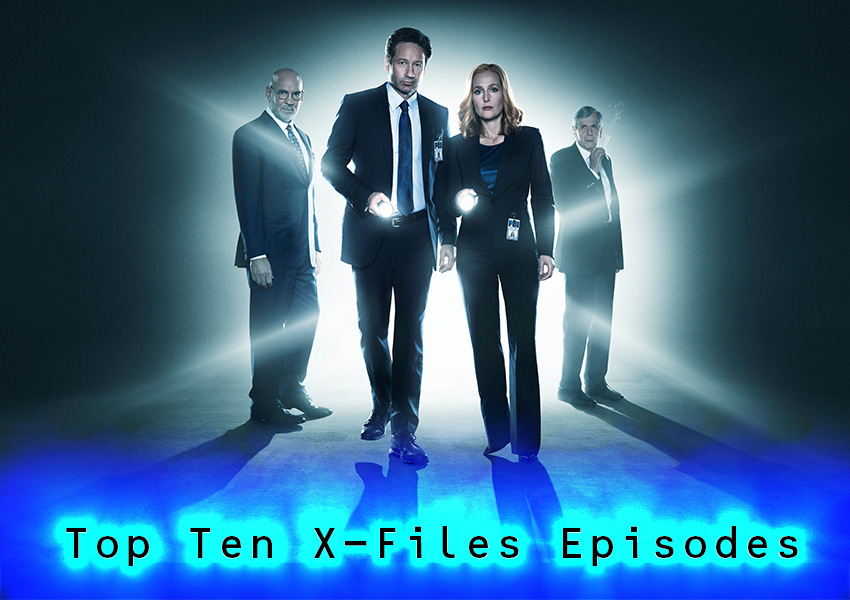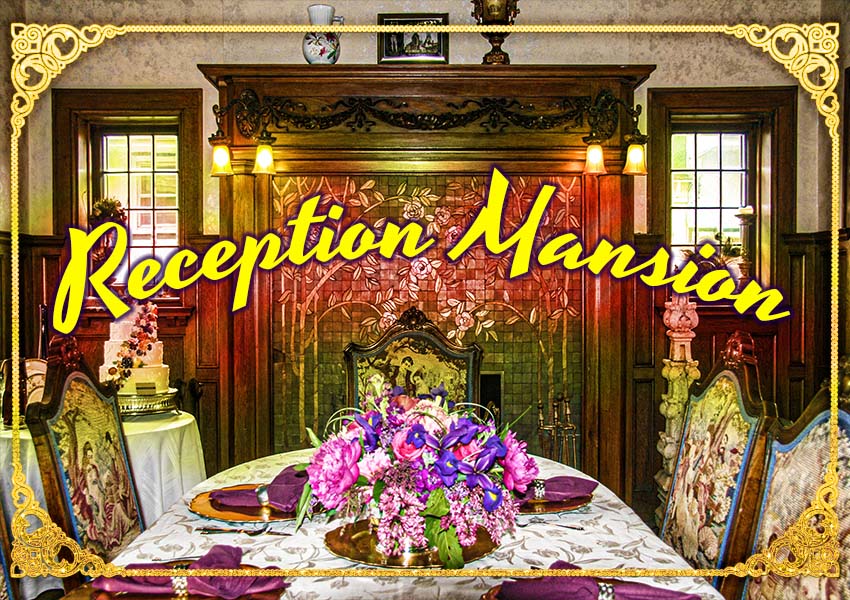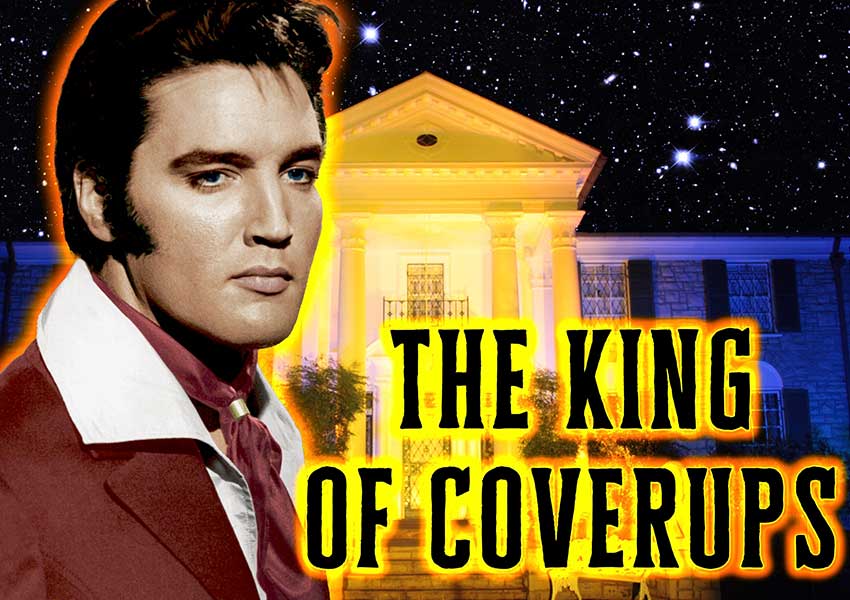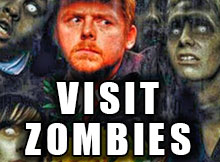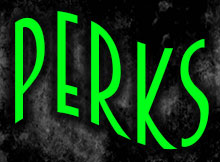Rochester Minnesota
Kahler Grand Hotel
The spirit of a woman who was brutally killed by underworld thugs, visits/stays here for peace and possibly justice.
DESCRIPTION
The Kahler Grand Hotel is described as being “elegant, historic, and wonderfully unpretentious.” It prides itself in offering the same philosophy of hospitality and service that it did when it was built long ago. The eleven storied edifice is half-old, half-new in terms of its architecture. Both the new and the old structures blend seamlessly into one large building.
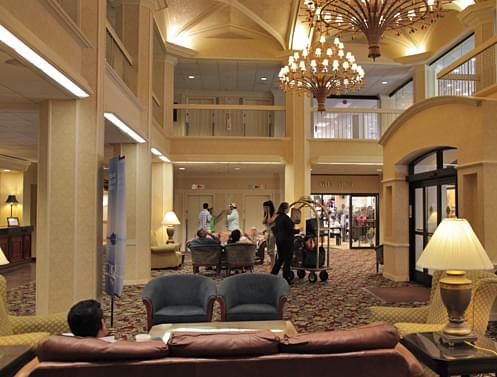 There are two restaurants and one bar: a “casual grill,” an “upscale eatery,” and a “martini lounge.” There is also close access to a spa, and has a large, domed sky-lit recreation center with a rooftop pool, a whirlpool & saunas, and an exercise room with a variety of equipment. Other amenities include: Room Service, a Shuttle Service (free), 24-Hour Front Desk, Concierge Service, a Shoeshine Station, Meeting/Banquet Facilities, a Business Center, Fax/Photocopying services, a Hair/Beauty Salon, and a Souvenir/Gift Shop.
There are two restaurants and one bar: a “casual grill,” an “upscale eatery,” and a “martini lounge.” There is also close access to a spa, and has a large, domed sky-lit recreation center with a rooftop pool, a whirlpool & saunas, and an exercise room with a variety of equipment. Other amenities include: Room Service, a Shuttle Service (free), 24-Hour Front Desk, Concierge Service, a Shoeshine Station, Meeting/Banquet Facilities, a Business Center, Fax/Photocopying services, a Hair/Beauty Salon, and a Souvenir/Gift Shop.
The first-floor interior retains fully its original Tudor Gothic architecture, providing visitors with an ample “wow factor” upon entering the hotel.
Appealing to a wide range of patrons’ needs and tastes, hotel accommodations vary from being basic economy, to moderate and upscale, and for those who wish the best, the luxurious suites. The hotel has 668 guest rooms, and 15 grand suites to offer guests under the titles of the Executive King Room, King Room, Economy Double Room, Queen Room, Double Room with Two Double Beds. Though no longer a five-star hotel, the service is still five stars!
Patients from the Mayo Clinic are also well taken care of here. Special diets can be provided when requested. Patients who have day surgery can relax in a room, and order post-surgery food from room service, or have a relaxing massage.
Not only is there a subway system between various hospitals and the Mayo Clinic, there is also a skyway directly to the Mayo Clinic. A complementary shuttle service is also on hand to transport guests throughout the expansive Mayo Clinic campus and to and from shopping areas as well.
HISTORY
The Mayo Brothers wanted to build their hospital in Rochester, Minnesota. Being a small country town, Rochester at first couldn’t offer enough places for patients and hospital workers to stay, which created a demand for real estate development in the hospitality field. The Mayo Brothers turned to John Kahler, of The Kahler Corporation, formed in 1917, to build them this hotel/hospital to be the first step in their medical vision to offer care to people.
In 1921, the Kahler Grand Hotel started its existence as Rochester’s central landmark property, known as simply the Kahler Hotel.
This unusual building was a hybrid, and one of a kind. This eleven-floor structure not only offered the services of an upscale hotel but also the very beginnings of the world-famous Mayo Clinic Hospital, though it was originally called “The Sanitorium.”
Six floors of the building were used for hotel purposes and five for hospital services, including three operating rooms and several laboratories. “The new Kahler Hotel was designed following John H. Kahler’s unique way of providing hospitality. It was to be a “triple plan:” a 210-bed hospital with operating suites for oral, plastic, and general surgery, a 150-bed convalescent unit, and a 220-room hotel.”
John Kahler, who started out managing The Cook House in Rochester, instilled the philosophy of it being “a progressive hotel” from the opening day. Serving guests came front and center. “Guests were given every convenience, including perfect service, courtesy, and attention to detail.”
The final cost for this truly elegant and high style hotel was more than $1.75 million dollars, which was quite a boatload of money for 1921! “The Tudor Gothic architecture complemented the interior decoration, where cathedral arches and cornices, textured ceilings, crystal chandeliers, damask draperies, and Wilton rugs patterned after English originals treated guests to the ultimate in comfort and luxury.”
As the Mayo Clinic Hospital grew and expanded, so did the Kahler Hotel and other hotels that the Kahler Corp. owned and developed, to provide places for the influx of people coming for medical help. Thanks to the efforts of the Kahler Realty Corporation, and others, a growing hotel industry rose to meet the needs of visitors and hospital employees as well.
During the Depression era, move improvements were made, despite hard economic times. Due to Minnesota’s bitterly cold winters, a pedestrian, tile-lined subway system was constructed, connecting the downtown Mayo Clinic Campus of patient buildings and hospitals to surrounding hotels and retail shops.
In 1953, hospital functions were phased out of the Kahler Hotel. The Kahler Corporation sold all of its hospital holdings, including the Colonial Hospital, and the Worrall and Kahler Hall nurses’ home, to the newly expanded Methodist Hospital.
Using their profits from these sales to expand “its hotel services,” the Kahler Corporation was able to focus on creating better offerings in their hospitality business, appealing not only to patients, but also to tourists, building several hotels aimed at various clientele. Eventually, they developed and owned four hotels in Rochester alone, including the Kahler Hotel, the Kahler Inn & Suites, and the Kahler Plaza Hotel.
 For many years, the Kahler Hotel appealed to the rich and famous, as many amenities were improved and added to draw this economic group. An upscale, high-class restaurant, The Elizabethan, was located within the hotel. In the years to come, such well-known people as boxer Muhammad Ali, evangelist Billy Graham, actor Jimmy Stewart, King Hussein of Jordan, and Presidents Lyndon Johnson and Ronald Reagan, stayed at the Kahler Hotel.
For many years, the Kahler Hotel appealed to the rich and famous, as many amenities were improved and added to draw this economic group. An upscale, high-class restaurant, The Elizabethan, was located within the hotel. In the years to come, such well-known people as boxer Muhammad Ali, evangelist Billy Graham, actor Jimmy Stewart, King Hussein of Jordan, and Presidents Lyndon Johnson and Ronald Reagan, stayed at the Kahler Hotel.
General Eisenhower did a campaign speech on top of a table in The Elizabethan, during his run for president. Amenities included services expected at a 5-star hotel. The hotel went out of its way to please its guests, indulging in even the “most exacting requests and tastes.”
Some examples of this were provided in Matt Stolle’s article for Postbulletin.com: “Baseball manager Leo Durocher had a special mattress stored at the Kahler for him. Lyndon Johnson would commandeer a hotel elevator for his entourage’s exclusive use. Fresh squid was flown in from Chicago to satisfy the finicky tastes of some South American guests. Some foreign leaders brought their own cooks and their own food with them.”
“Yet some famous guests preferred to check in under aliases to avoid the publicity. And then there are the stories that never made the front pages of newspapers, the dramas that remain contained, like ghosts, within the walls of the Kahler Hotel. And about those histories, the walls are not talking.”
To help keep their costs down, the Kahler Corporation also invested in the commercial laundry and cleaning business, a smart move, creating a new company, Textile Care Services.
In 1954, the Kahler Hotel expanded to the north, adding 228 rooms to the original structure. The next addition came in 1968, when a 162-room expansion was added on the east side. The Kahler had become an immense structure that took up much of the entire block.
The next major facelift came in 1994, with room upgrades, and a general sprucing up the decor to reflect modern standards expected by the public who stayed there.
By 1996, the Kahler Corporation owned seventeen hotels with 4,255 rooms throughout the country, including the four hotels with 1,329 rooms in Rochester, making them a profitable, desired company. Then, the inevitable event happened, in 1997. The Kahler Corporation was bought out by the Tiger/Westbrook Real Estate Fund, a New York organization.
Tiger/Westbrook turned around and sold the Kahler Corporation to Sunstone Hotel Investors, a real estate investment firm based in San Clemente, Calif., for a hefty price of $322 million.
In 1998, Sunstone Hotel Investors spent nine million in makeovers for the four Rochester hotels. The Kahler Plaza Hotel was converted into a Marriott, and the Kahler Hotel experienced a name change, becoming the Kahler Grand Hotel, along with big improvements inside the building.
Among them was the conversion of The Elizabethan Room in the Kahler Grand into a banquet room. While “ending 75 years as Rochester’s best-known high-end restaurant,” the new banquet room expanded opportunities to host social events of all kinds, better serving the community of Rochester.
Ten years later, in 2008, Sunstone Hotel Investors invested another five million in expansions at the Kahler Grand Hotel. On the 11th floor, they almost doubled the size of the hotel’s high-end suites, offering forty-two spaces, known as “The International Suites.”
The latest change in ownership took place in 2012. Five Midwest-based investors “signed on the dotted line” to buy the four downtown Rochester Hotels plus the commercial laundry company, Textile Care Services. It will be interesting to see what improvements they have in store for the Kahler Grand.
Though the Kahler Grand has had several owners, the dedication to the guest is still as strong as it was in 1921/ Though no longer a five star hotel, the Kahler Grand is still very popular with Mayo Clinic and Hospital patients, and is also a beloved destination for Rochester, Minnesota vacationers, because of its fine service, lovely decor, comfortable accommodations, and convenient location.
The Tale of Helen Vorhees
One well-to-do lady, Helen Vorhees, heiress of the Brach candy-making family, came to Rochester in 1977, and stayed at The Kahler Hotel, as she had a medical appointment at the Mayo Clinic. This wealthy widow, who loved animals, started out in life as a hat-check girl, but wound-up marrying Frank Brach. They had a wonderful, loving marriage. Frank Brach was a gifted entrepreneur who grew his father’s candy business into a very successful company, with worldwide demand, creating a multi-million-dollar fortune as a result.
After her husband died, Helen became a very wealthy widow, with a lot of money to live on, as well as a twenty-million-dollar trust fund, which can attract despicable people who look, watch, and wait for an opportunity to take it.
Like many rich widows of the era, Helen Vorhees became interested in investing in race horses, and fell under the spell of a shyster and swindler, Richard Bailey, who was the front man for the Chicago-based Jayne Gang, a group of thugs who had started a horse selling business racket in the 1930s, aimed at rich, lonely widows and other gullible people. If the Jayne Gang were crossed, they often used murder as a way to deal with problem people.
After her Mayo Clinic 1977 check-up, Helen Vorhees, a Chicagoan, had planned to fly home. She was last seen alive checking out of the Kahler and buying some things in the hotel gift shop, before leaving to supposedly catch a plane back to Chicago. She vanished without a trace, leaving her fortune and the 20 million trust fund up for grabs by people named in her will.
When questioned by police, Helen’s house manager, Jack Matlick, gave a fishy, suspect story. He claimed that he picked Helen up at the airport and got her on the next day’s plane to Florida, though he didn’t have her flight number, or any other information that proved anything. However, the stewards on the airplane, who knew her by sight, don’t remember her being on the plane to Chicago.
When friends came to see her on the day she was supposed to come back, Jack said that she was too tired to talk to them, which wasn’t like Helen at all, who was a very social person. One suspects that Jack was paid off by her killers, or had his eyes on her money, knowing that he was in the will, and so was not too eager to find her.
His story was shady and full of holes, but there was no proof against him, and no scenarios came to light. Before reporting her missing to the police, Helen’s brother and Jack had burned all her diaries, agendas, and other telling evidence, supposedly to keep her private matters from going public, they said.
With no body, no evidence, no clues, no clear motive, and no suspects, the authorities watched helplessly as the trail grew cold, and her fortune was divided, according to her will; between her brother, Jack Matlick, and her animal charities, when she was declared dead, in 1984.
However, the truth has a way of eventually coming out. The journey to finding the truth began with the court-appointed attorney guardian ad litem, John Menk, who deposed Helen Vorhees’ financial advisor to find out how Helen had spent her money.
This financial advisor was very honest, and had detailed records. The most important information that was gathered was the records showing how much she paid for her racehorses, and what they were actually worth. There was factual evidence of the fraud pulled on her concerning the price of the horses. It pointed to Richard Baily and the Jayne Gang years later.
In 1989, this information was scooped up by Assistant U.S. Attorney Miller, working to clean up a seedy rampant horse scam, known as Bailey Horse-Fraud Ring, that cheated unsuspecting people. The investigation tied into the murder of Helen nicely, and it reactivated the motivation to continue to seek her killers.
In the report made by Helen’s financial advisor, Richard Bailey’s brother, P.J., sold Helen a pair of mares for $50,000, that turned out to be worth a little less than $9,000. A few months later, P.J. and Richard sold Helen a stallion, named Potenciado, claiming that he was a champion, for $45,000. He was actually worth only $8,500. Helen Vorhees wasn’t fooled for long, and made the huge, fatal mistake of telling Richard Bailey that she, a lady with powerful clout, was going to the District Attorney. Uh oh!
But Helen Vorhees’ murder wasn’t in vain. As a result of the investigations into the Bailey Horse-Fraud Ring and the disappearance and presumed murder of Helen Brach, a measure of justice was finally served.
In 1994, the whole Jayne Gang of nineteen people were arrested. Sixteen of them pled guilty outright after investigators in northern Illinois uncovered evidence tying them to a nationwide horse-killing insurance fraud scheme. Through 2002, the investigation into her death led to a total of 33 convictions on charges including “fraud, arson and obstruction of justice.”
Three cases went through the court process. Richard Bailey was convicted on strong circumstantial evidence of hiring killers to murder Helen in 1994, as well as committing fraud. Two others were also convicted of various charges of fraud.
In the course of looking for Helen Brach’s murderer, authorities solved a string of murders, from 1955, involving Ken Hanson, who was strongly suspected of playing a role in Helen’s murder as well. He and his brother Kurt it seems had done some dirty work for the Jayne Gang.
There was no clear, hard evidence though as to who killed Helen, or what had happened to her body, until 2005, when more details were revealed. In Richard Baily’s appeal in 2005 for a more lenient sentence, Joe Plemmons, who was granted immunity, testified and gave his version of what actually happened to Helen. His motive was to get Richard out of the murder rap, without implicating anyone else by name. It didn’t work, and Richard’s appeal failed.
According to Joe’s testimony, another horse trader, (perhaps Richard’s brother P.G. Bailey), hired the Hanson brothers to kill Helen, because she was going to turn them all into the authorities. As she left The Kahler Grand Hotel, the hit squad was waiting for her. She was forcibly taken into a car with the Hansons and Joe himself, hired to be an extra pair of hands.
They drove to Chicago, where she was beaten and choked without mercy, out of the sight of possible witnesses until they thought she was dead. While they transferred her body from the trunk of the Cadillac into a station wagon, she groaned, not quite dead yet. Joe then shot her twice through the blanket, because he said that he was made to do it, trying to make himself look better. If he was hired to be an extra pair of hands, he must have been willing to shoot her with his gun.
Her body was transported to East Chicago, Indiana, where it was thrown into a white-hot steel furnace.
HISTORY OF MANIFESTATIONS
Spirits who unexpectedly have been brutally murdered at the hands of others, often can’t let go of the brutal truth of their demise or how they suffered. They may dwell on events leading up to their deaths or the horrid experience of death itself. It makes it worse when the victim sees it as undeserved.
Castillo de San Marcos, FL (In 1784, Spanish Colonel Marti discovered that his wife Dolores was having an affair with his officer, Captain Abela. He chained them to a wall and closed up the room with bricks, leaving them to die. In 1833, their bones were discovered in the hidden room, by a curious American officer, Lieutenant Tuttle, when the Americans held the fort. Their spirits became active, perhaps wanting justice, and to make up for lost time).
Lumber Baron Inn, CO (The spirits of two young women were violently murdered by a vicious fellow tenant in the mansion. They and the other resident spirits want the murderer to be punished).
Joshua Ward House, MA (Two of the accused witches, an unknown woman and Giles Corey, are still angry about their painful deaths by torture in the basement, and want the spirit of their torturer, George Corwin, to be forced to leave the house, as he is still there too).
Kahler Grand, MN (Helen Vorhees suffered a violent death at the hands of vicious men, because she wanted to turn in a criminal gang and stop them from swindling others).
Some spirits choose to visit/stay in places they enjoyed while alive. They may simply be looking for peace or normalcy, and better times, very often the opposite of what they experienced in their death.
Wabasha Caves, MN (The spirits of three gangsters who were shot to death while playing cards in the speakeasy are still here . They find some joy and peace by attending the social events held here, interacting sometimes with living children).
Glensheen Mansion and the Congdon Estate, MN (The spirits of Matriarch Elizabeth Congdon and her nurse, who were murdered by the husband of her conniving adopted daughter, stay in the family home. They dwell on their wonderful memories, and focus on something positive to find peace, by spending their afterlives, enjoying the people and activities of the house museum and grounds).
National Aviary, PA (The spirits of past Confederate POWs or inmates who were incarcerated and died at Western State Penitentiary, which once stood where the National Aviary was built, now have moved inside, and find peace and enjoyment in this marvelous place).
Kahler Grand Hotel, MN (Helen Vorhees enjoyed staying at the Kohler Grand Hotel while alive, so her spirit resides or visits to relive her memories, trying not to dwell on her murder).
Sometimes spirits who have died violently, are restless because those responsible for their death are left unpunished, or the truth about their demise hasn’t been revealed or discovered yet by the living.
Lizzie Borden House, MA (The spirits of murder victims Mr. and Mrs. Borden still reside here because their killer or killers were never caught).
Curtis Inn, CT (The spirit of Lucius Foot is still restless because his murderer who also stole his jackpot winnings, was never brought to justice).
O’Henry’s Roadhouse building, IL (The spirits of those killed by the mob and buried in the basement are restless because no one knows their stories and who killed them).
Kahler Grand Hotel, MN (It took seventeen years for the injustice Helen Vorhees suffered, buying horses not worth their price, to be righted, and for those responsible to be properly punished. It took even longer for the truth to come out about her violent murder).
The spirits whose bodies are never recovered, or were disposed of, or buried in a disrespectful manner, can be restless and unhappy.
General Wayne Inn, PA (A dead soldier’s body was buried in the basement. His spirit appeared to the owner, requesting to have his bones moved to a proper burial plot).
Legal Tender Saloon and Eating House, NM (During the 2000s, a local young woman disappeared, probably kidnapped and killed. Her body was never found. Her spirit found her way to this building, where she expresses her anger and frustration. She wants her killer caught, her life back, and her body discovered).
Stone Public House, MA (The card shark who was killed and buried without a trace wants his story told, and his life back. He lets the living know that he is still there).
Kahler Grand Hotel, MN (Because the battered body of Helen Vorhees was supposedly dumped into a steel furnace and destroyed completely, her spirit might still yearn to be buried in a place of remembrance, in the family crypt, beside her beloved husband with her two favorite dogs).
MANIFESTATIONS
This story was reported in Chad Lewis and Larry Fisk’s Book, Minnesota Road Guide to Haunted Locations. In 2004-5, Chad and Larry interviewed witnesses.
The Spirit of Helen Vorhees
She is described as being well-behaved, pleasant, likes people and being as refined as she was while alive.
Her spirit still likes to wear 1970s-style outfits, suitable for a well-to-do lady.
Personal Appearances
Her spirit likes to be with the living.
Appearing like a real person is the proper thing to do in polite society.
She really likes to take the elevator with living people, and walk around the areas of the hotel with people present.
Disappearing Act
She likes to disappear in front of people, to let them know she is a spirit, and spending her afterlife here.
For years, Kahler staff members and guests have taken rides up in an elevator with a lifelike woman, who has been recognized as being Helen Vorhees.
They were shocked when she disappeared before their eyes.
She still likes to appear and disappear in front of the living.
A recent YouTube post talks about an encounter in the elevator.
https://laser1017.iheart.com/featured/big-mark-clark/content/2018-10-25-youtuber-says-kahler-hotel-in-rochester-mn-one-of-the-most-haunted-location/
PARANORMAL FINDINGS
Psychic Investigation: In 1988, well-known psychic detective, Dorthey Allison told an investigator, Catherine Denenburg, that Helen Vorhees was incinerated in an Inland Steel furnace, in East Chicago, Indiana.
While the leads Catherine was able to get from this were ignored by the Assistant District Attorney, Catherine still had the notes she took, and she showed them to Chad Lewis and Larry Fisk. Joe’s testimony confirmed what she had found out.
Many Personal Experiences:
After Helen disappeared, there were many reported sightings of Helen around the hotel area and especially the elevators.
While former staff and staff members, as well as other guests, have had strong personal experiences seeing her full apparition, no hard evidence was ever captured and made public.
Probably in the interest of serving their guests, both alive and in spirit, the hotel wishes not to disturb poor Helen any more than she already has been. Perhaps they simply want her to find the peace she had while alive in their service-oriented hotel.
STILL HAUNTED?
Probably so.
There is no hard evidence to back up Helen’s presence here, and not much of a chance of getting any. No permission for paranormal investigations has ever been granted. The owners of the Kahler Grand don’t want to invade the privacy of either the living or spectral guests.
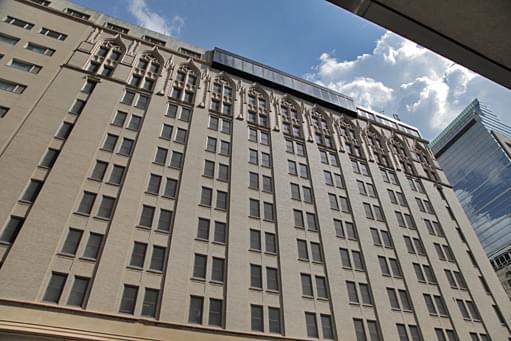 Other visiting spirits are also treated like unseen guests. Old, grand hotels are sometimes a draw for past guests who are now spirits. Who knows what an investigation may uncover.
Other visiting spirits are also treated like unseen guests. Old, grand hotels are sometimes a draw for past guests who are now spirits. Who knows what an investigation may uncover.
The owners also wish to avoid having a reputation of having spirits in the building, especially because they have spent a boatload of money giving this historic hotel another big facelift.
Another explanation is that what people have reported may be only the residual energy of the last days of Helen’s life, going about her business before she was taken and killed. What some people have reported is not an intelligent spirit.
On the other hand, it takes a lot of energy, practice and work to appear as a living person to others, which may mean this isn’t just residual energy.
Helen finally got some justice, but perhaps not all of what she wanted. People were convicted for the swindle, but perhaps not everyone was punished for her death.
One thug, Kurt Hanson, ended up being killed by someone else, while his brother, Ken, went to prison for other murders.
The actual person who ordered her death may not be the same fellow convicted of it.
Joe Plemmons, the man who shot her and ended her life, got immunity for his testimony, after keeping quiet about these dastardly deeds for many years.
The spirit of Helen may be visiting or residing in her favorite hotel with dual motives in mind. Helen’s spirit can enjoy it while being with the living on the one hand, and on the other hand, is still reminding people that she existed, despite having no earthly marker or remains, and maintaining an awareness of the injustice she suffered while alive on the part of the living.
The fact that people could recognize who she was, in a lifelike form resembling a live person, suggests that she wants those responsible for her violent end convicted of her death.
LOCATION
20 2nd Ave SW
Rochester, MN 55902
(507) 280-6200
The Kahler Grand Hotel is located on 2nd Ave SW, in the heart of downtown Rochester, MN. Its northern border cross street is Center Street, which is perpendicular to 2nd Ave SW. Hospitals are very near this historic relic. On Center Street, directly across from The Kahler Grand Hotel, is the Rochester Methodist Hospital.
The Kahler Grand Hotel is also right beside the Mayo Clinic on the other side of 2nd Ave SW. The main entry of the Kahler Grand is located just 100 yards or so from the main lobby of the Mayo Clinic; a direct walk across the street, or through the connecting tunnel under the street. This immense hotel takes up almost a full city block; you can’t miss it!
The part of 2nd Ave SW where the Mayo Clinic and The Kahler Grand Hotel are located, is near a pedestrian area/walkway, known as “Peace Plaza,” and is not open to traffic.
SOURCES INCLUDE
- https://laser1017.iheart.com/featured/big-mark-clark/content/2018-10-25-youtuber-says-kahler-hotel-in-rochester-mn-one-of-the-most-haunted-location/
- Minnesota Road Guide to Haunted Locations
by Chad Lewis and Terry Fisk
pg. 138
Unexplained Research Publishing Company
2005 - “Helen Brach: Gone But Not Forgotten,” (page 10) by Mark Gribben for CrimeLibrary.com
“Helen Brach: Gone But Not Forgotten,” (page 11) by Mark Gribben for CrimeLibrary.com
“Helen Brach: Gone But Not Forgotten,” (page 12) by Mark Gribben for CrimeLibrary.com - “Kahler Sale Revives Downtown Hotel’s Colorful History,” by Matt Stolle for Postbulletin.com
- The Kahler Grand Hotel page on HospitalityMinnesota.org
- UnexplainedResearch.com – “Chad and Terry’s Favorite Haunted Locations in Minnesota” by Chad Lewis and Terry Fisk
- “Ghosts Are Where You Find Them” on redOrbit.com
- Review of Kahler Grand Hotel on TripAdvisor.com
- The Kahler Grand Hotel on Yelp.com
- Inland Steel Company on Wikipedia.org
Our Haunted Paranormal Stories are Written by Julie Carr
Our Photos are copyrighted by Tom Carr
Visit the memorable… Milwaukee Haunted Hotel
VIDEOS TO WATCH:
KAHLER HOTEL GHOST HUNT (CREEPY SPIRIT BOX!!)
Spending the Night in a HAUNTED HOTEL!
Haunted Hallways in Rochester, MN


